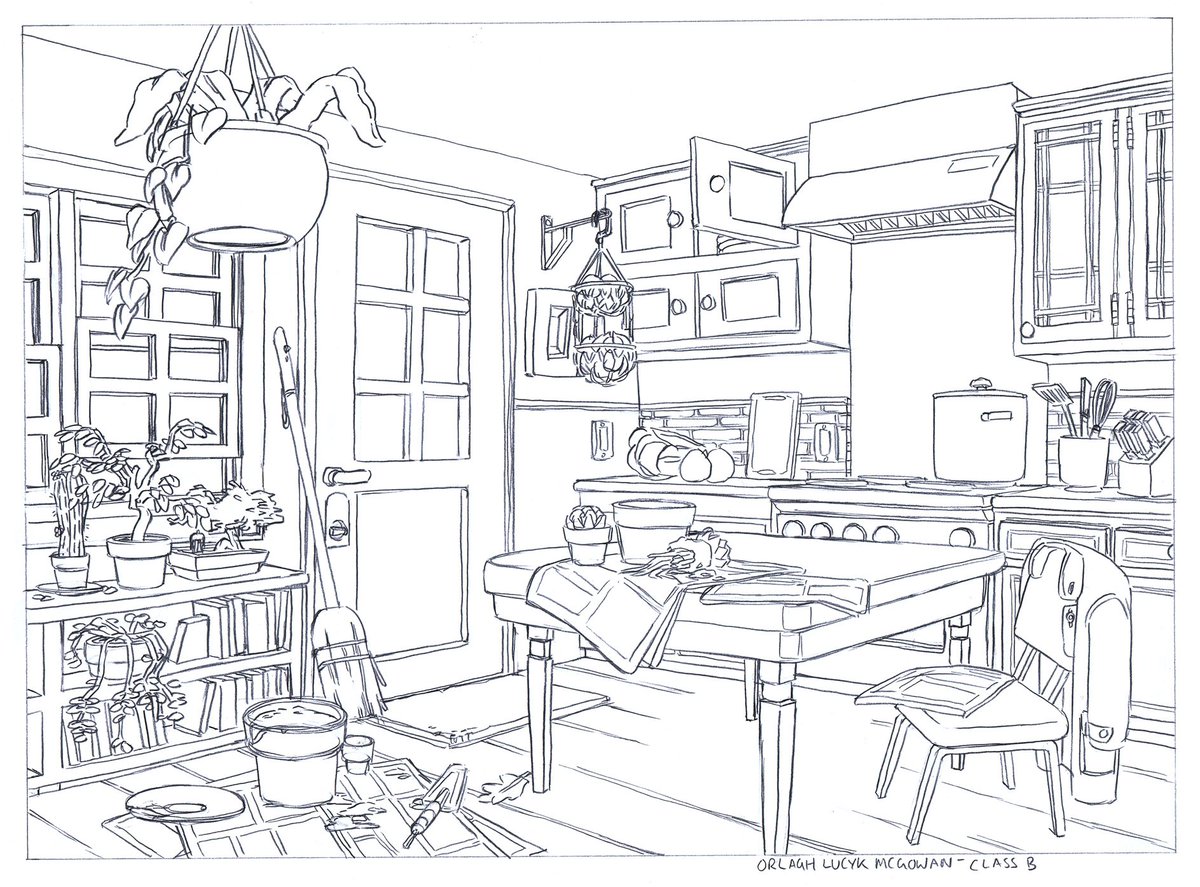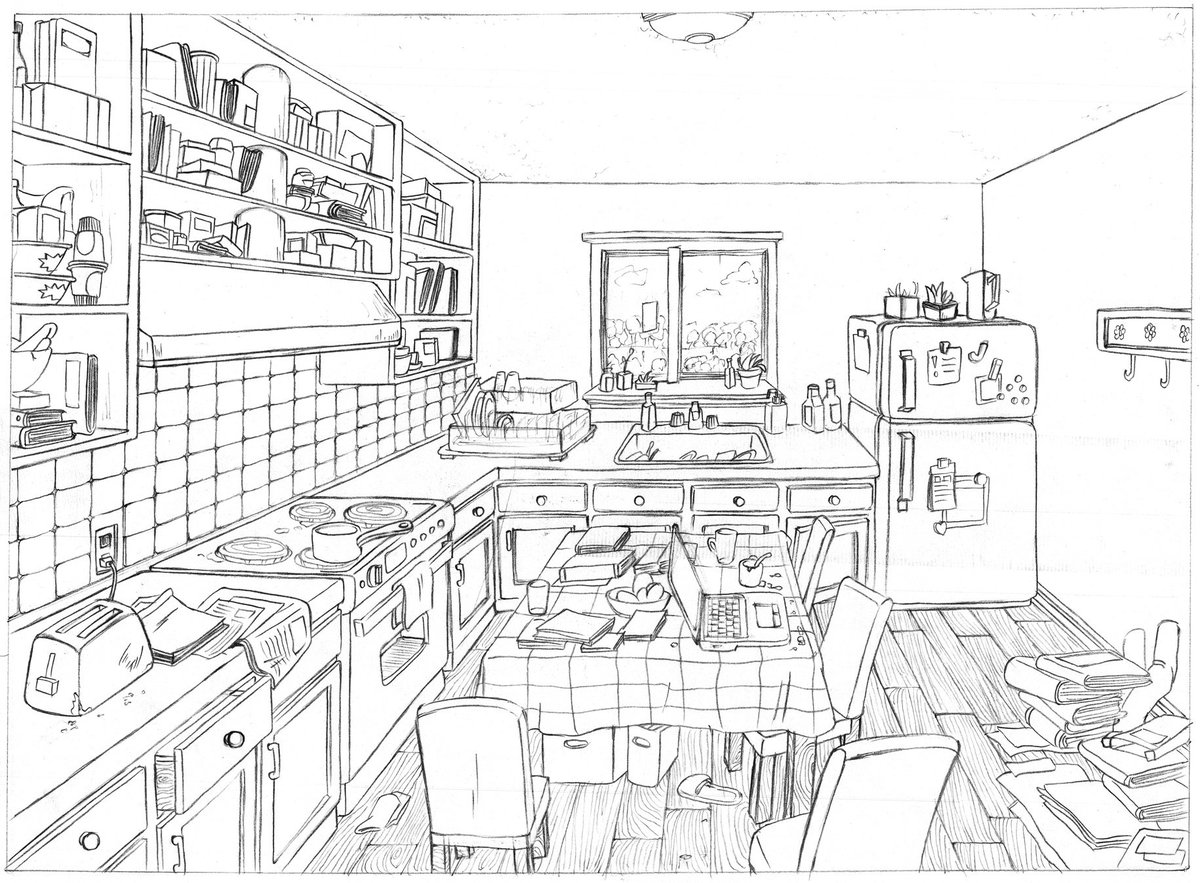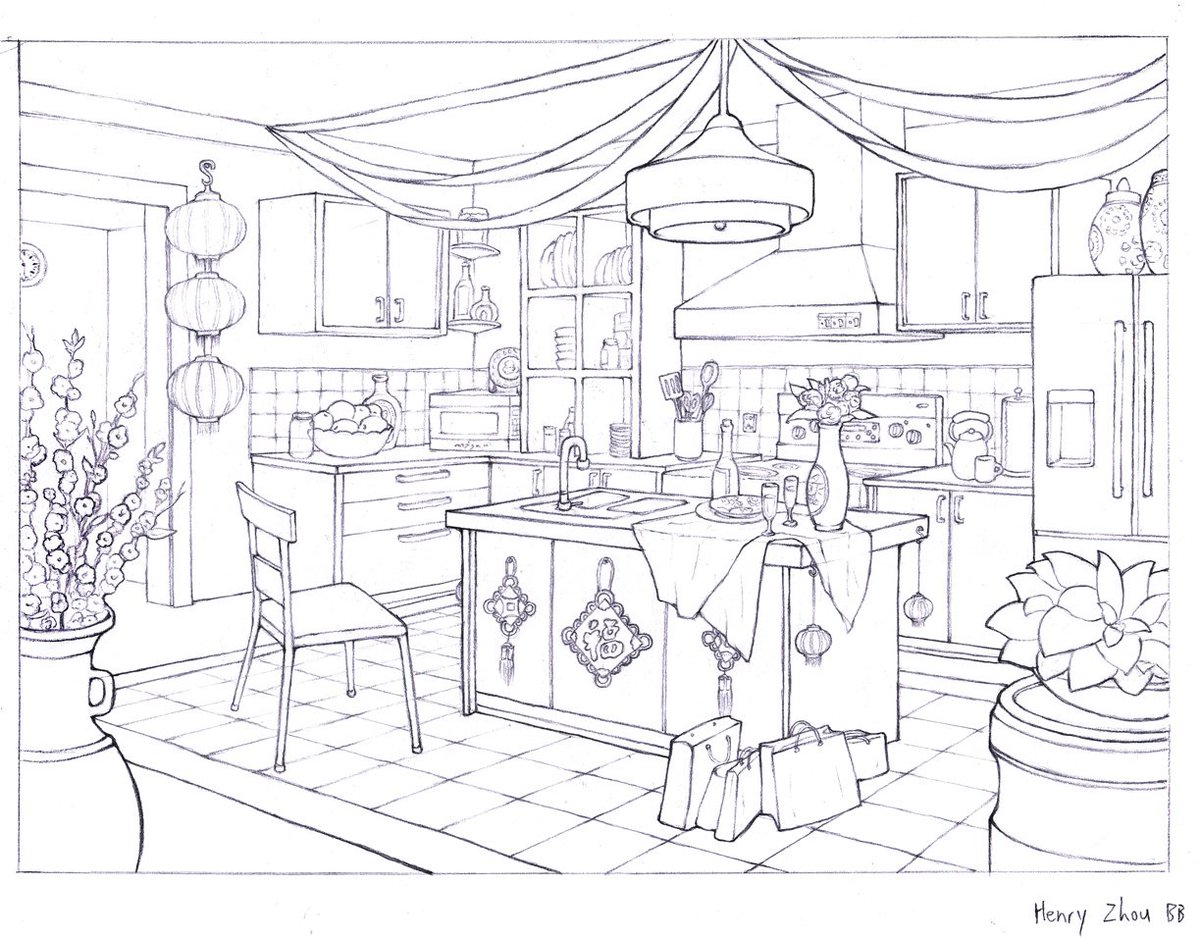
All words to the Evangelion opening theme replaced by cat meow in official remake by Yoko Takahashi, the original singer...
Here's the official youtube link:
I'm just excited that I'll have a version of this song I can properly sing at karaoke!
You people _really_ like those EVA Cats...
I hope you like comics too, because that's my actual job, new followers. I write comics like Conan the Barbarian, Dungeons & Dragons and Samurai Jack.
jimzub.com/buy/
I hope you like comics too, because that's my actual job, new followers. I write comics like Conan the Barbarian, Dungeons & Dragons and Samurai Jack.
jimzub.com/buy/

• • •
Missing some Tweet in this thread? You can try to
force a refresh












